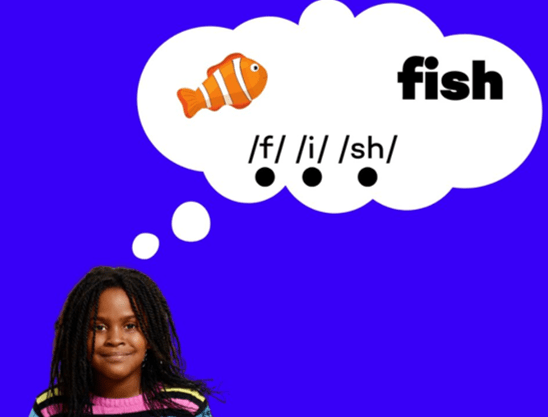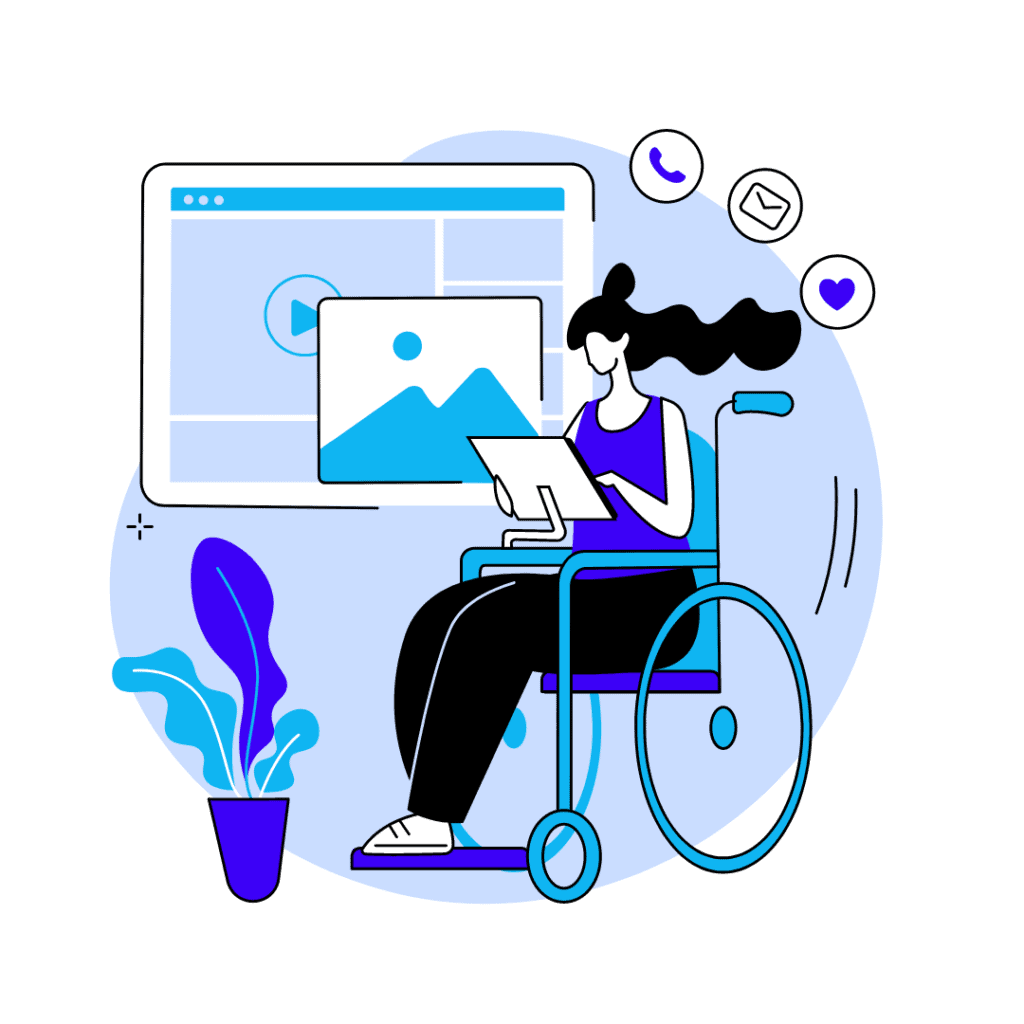
Universal Design for Learning (UDL) is a teaching approach that gives every student equal access to learning in the classroom. Here’s one way to look at UDL: if you are able to walk up a flight of stairs, then you are also able to walk up a ramp, or take an elevator. Not everyone is able to walk up a flight of stairs. This is the premise of Universal Design for Learning. The theory behind UDL comes from the inequity that arises when only some students have access to certain opportunities for learning or discovery. When the playing field is level, everyone reaps the benefits.
Examples of Universal Design in the World
Everywhere you go, you will find examples of Universal Design. You might not realize it because you weren’t looking for them. Every time you walk through an automatic door, you are taking advantage of Universal Design. (And you were probably grateful for it that time you were on crutches!) Ramps and elevators are also universal design features. The closed captioning offered on your TV, and the speech-to-text feature on your computer are also examples of universal design. Anything that makes life easier for some, but can be used by all, comes from the idea of universal design.
Universal Design in the Classroom
The term “universal” is a bit misleading. While it may sound like UDL classrooms find one pathway that all learners take, this isn’t the case. UDL classrooms are all about finding multiple pathways any learner can take. Teachers in UDL classrooms provide options, but more than that, they make sure the options are purposeful. They make learning universally accessible.
So what does UDL look like in the classroom? There are three guiding principles to UDL:
1. Representation
In UDL classrooms, teachers represent information to students in multiple ways. Traditional classrooms (the type you would have seen decades ago) typically used one mode of learning for all students. They would read a textbook or look at a slide, and be expected to learn the material from that one representation. With UDL, students have access to multiple modes of learning at the same time: text-based, video-based, with an audio component, with a hands-on component, etc. Assistive technologies can play a key role in accessibility.
2. Engagement
The way students are engaged in a lesson also needs to be multi-modal. Students can build skills and develop knowledge through games, physical activity, and kinesthetic movement. They can read and annotate. They can collaborate with peers. And when teachers provide choices and take students’ backgrounds into account, students are always more likely to engage. These are all examples of diversifying the way in which teachers can engage students.
3. Action and Expression
In addition to varying modes of content and engagement, the way students demonstrate their learning should also be dynamic and choice-based. Instead of every student completing the same task, UDL classrooms provide students with the choice between a 5-page paper, a five-minute oral presentation, or an artistic representation of the material with captions, labels, and descriptions.
When students are given the academic and environmental supports and options they need to access learning, it’s hard not to be successful.




